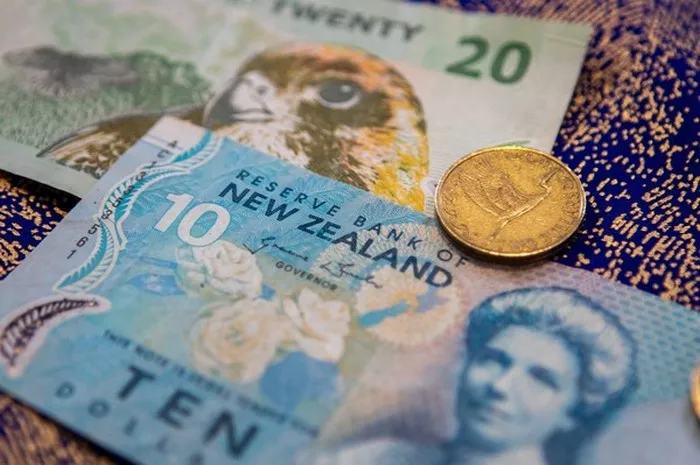The Australian dollar (AUD) extended its upward momentum, commencing from last Wednesday, as the AUD/USD pair received support from the anticipation of a rate cut by the Federal Reserve, leading to a decline in the U.S. dollar.
Recent economic data revealed the resilience of Australia’s economy, backed by robust employment figures and increasing incomes. Strengthening Purchasing Managers Index (PMI) data for December further contributed to the positive sentiment surrounding the Australian dollar.
Market focus in the coming days is expected to center on the Reserve Bank of Australia (RBA) meeting minutes on Tuesday, along with key economic indicators such as building consents and housing starts. Additionally, the People’s Bank of China (PBoC) is set to announce an interest rate decision on Wednesday, adding to the list of significant events influencing the Australian dollar.
Australian Trade Minister Don Farrell expressed optimism on Sky News, stating confidence that China would lift punitive tariffs imposed on Australian wine. Notably, China has already removed previous trade restrictions on most Australian exports, signaling a gradual improvement in relations between the two countries.
The U.S. dollar index (DXY) retraced recent losses on Monday after rebounding from Thursday’s four-month low of 101.77. The dollar found support from improving short-term yields on U.S. Treasury bonds, with the 2-year U.S. Treasury yield rising to 4.48% on Friday.
Despite the dollar’s recovery, challenges persist due to weak sentiment, largely influenced by the dovish stance of the Federal Open Market Committee (FOMC). Dovish comments from various Fed members, including Atlanta Fed President Raphael Bostic and Chicago Fed President Austan Goolsbee, added pressure on the dollar. Bostic indicated a potential rate cut in the third quarter of 2024, while Goolsbee did not rule out the possibility of an interest rate cut at the Fed meeting in March next year.


